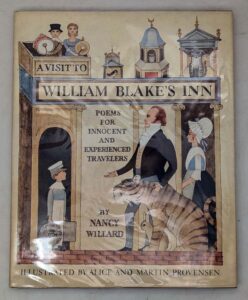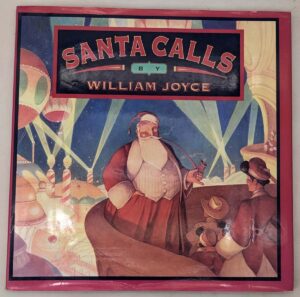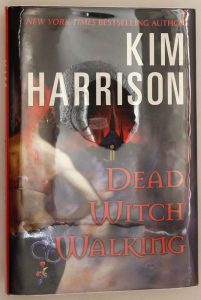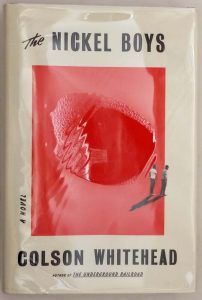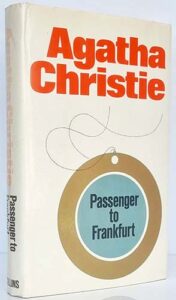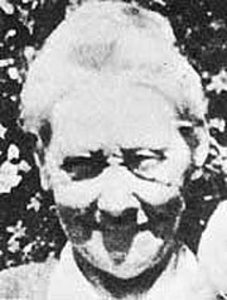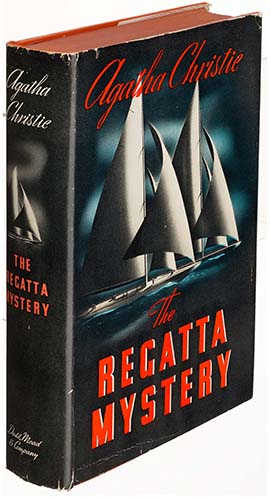
The Regatta Mystery and Other Stories is a short story collection written by Agatha Christie and first published in the US by Dodd, Mead and Company in 1939. The first edition retailed at $2.00.
The stories feature, with one exception (“In a Glass Darkly”), Hercule Poirot, Miss Marple or Parker Pyne, Christie’s detectives. The collection was not published in the UK and was the first time a Christie book was published in the US without a comparable publication in the UK; however all of the stories in the collection were published in later UK collections (see UK book appearances of stories below).
Stories:
- “The Regatta Mystery”
- “The Mystery of the Baghdad Chest”
- “How Does Your Garden Grow?”
- “Problem at Pollensa Bay”
- “Yellow Iris”
- “Miss Marple Tells a Story”
- “The Dream”
- “In a Glass Darkly”
- “Problem at Sea”
Stories Summary
[SPOILER ALERT]
“The Regatta Mystery” (the title story) has Mr Parker Pyne catch a diamond thief during regatta festivities at Dartmouth harbour.
“The Mystery of the Bagdad Chest” concerns how a dead body found its way into the titular chest in the midst of a dance party. Arthur Hastings chronicles Hercule Poirot’s unravelling of the mystery.
“How Does Your Garden Grow?” is a line from the nursery rhyme “Mary, Mary, Quite Contrary”, which Poirot is reminded of when visiting a country house with a beautifully maintained garden whose mistress has just died – after writing a cryptic letter requesting his help.
The “Problem at Pollensa Bay” concerns a mother’s dislike for her son’s fiancée. The problem is solved (non-violently) by fellow vacationer Parker Pyne.
In “Yellow Iris”, Poirot follows an anonymous phone call to a restaurant table laden with the favourite flower of a woman who died mysteriously four years before. This story was expanded into the full-length mystery novel Sparkling Cyanide, with Colonel Race replacing Poirot.
“Miss Marple Tells a Story” is written in the first person by the elderly sleuth, who recalls solving (without leaving her own chair) a seemingly impossible murder.
In “The Dream”, an eccentric millionaire tells Poirot of a troubling dream in which he kills himself – and is found dead a week later.
“In a Glass Darkly” is the only story in the collection not to feature one of Christie’s detectives (it is told by an anonymous narrator), and the only one to invoke the supernatural. Its title alludes to the phrase “Through a glass darkly”, used by the Apostle Paul to describe how we currently view the world.
In “Problem at Sea”, a rich woman is found dead in her cabin on a luxury ship off the shore of Alexandria. The story concludes with Poirot saying: “I do not approve of murder.”
Publication history
- 1939, Dodd, Mead and Company, Hardback, 229 pp
- 1939, Lawrence E. Spivak (New York), Abridged edition, 126 pp
- 1946, Avon Books, Paperback, (Avon number 85)
- 1964, Dell Books, Paperback, (Dell number 7336), 192 pp
The Regatta Mystery – First Edition Book Identification Guide
The books are listed in the order of publication. While the majority of Agatha Christie’s books were first published in the UK. There are many titles that were first published in the US. The title of the book may differs from the UK edition in some cases.
| Year | Title | Publisher | First edition/printing identification points |
|---|---|---|---|
| 1939 | The Regatta Mystery and Other Stories | Dodd, Mead & Co, NY, 1939 | First edition. Red cloth lettered in black. No UK edition, published later in a stand-alone edition by Vallancey Press, London, [1945]. No UK edition. Price $2.00. |
Note about Book Club Editions (BCE) and reprints:
UK: You can see statements of later reprint dates or of book club on the copyright page.
US: The US reprint publishers usually use the same sheets as the first edition and are harder to identify by looking at the title page or the copyright page. One may identify a BCE by looking at the DJ, which doesn’t have a price on top of the front flap and a “Book Club Edition” imprint at the bottom. If the dust jacked is clipped at both the top/bottom of the front flap. You can safely assume it’s a BCE . If the book is missing the dust jacket. Later BCE editions can be identified by its plain boards, while first printings are issued in quarter cloth.
Please refer to the gallery for detailed images of true first edition bindings and dust jackets.
The Regatta Mystery – First Edition Dust Jacket Identification Guide
First edition bindings and various dust jacket printings identification.
